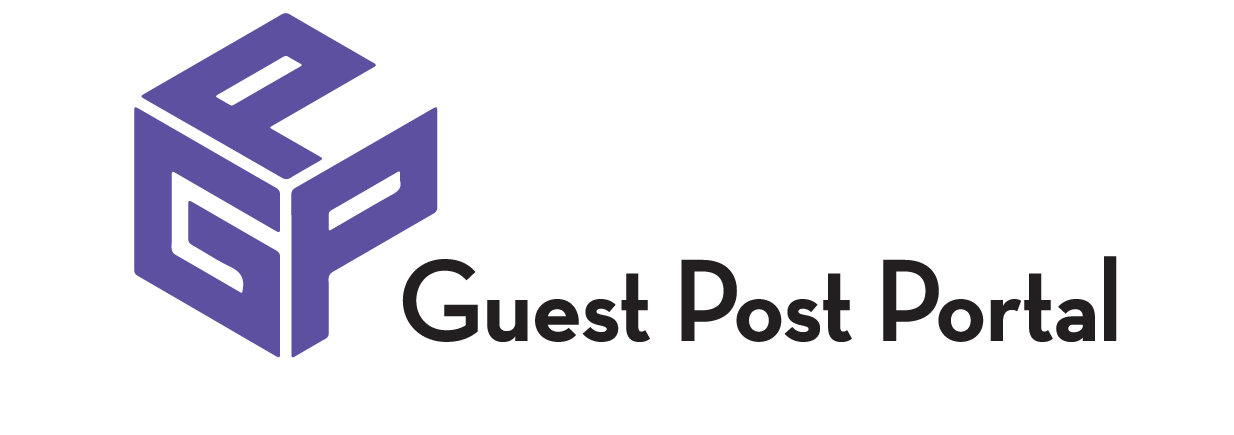How Education is Evolving: Key Trends to Watch

Education is undergoing a profound transformation, adapting to the demands of a rapidly changing world. Technological advancements, evolving student needs, and global challenges are reshaping how we learn, teach, and prepare for the future. Whether you’re a student, teacher, or lifelong learner, staying aware of these trends can help you navigate the educational landscape.
Here are the key trends driving the evolution of education today.
1. The Rise of EdTech and Digital Learning
The integration of technology in education has skyrocketed, with online learning platforms, virtual classrooms, and AI-powered tools becoming the norm.
- Virtual Learning Environments (VLEs): Platforms like Google Classroom, Blackboard, and Moodle enable seamless collaboration and resource sharing.
- AI-Powered Tutoring: Tools like ChatGPT offer personalized learning assistance, adapting to individual needs.
- Gamification: Interactive learning apps use games to make education engaging and fun.
Digital learning ensures accessibility, making quality education available to learners regardless of location.
2. Personalized Learning
One-size-fits-all education is fading as personalized learning takes center stage. This approach tailors teaching methods and content to suit individual strengths, interests, and learning paces.
- Data-Driven Insights: AI tools analyze student performance to identify areas of improvement.
- Customized Curricula: Students can choose courses and projects that align with their career goals and passions.
- Flexible Learning Paths: Whether through self-paced online courses or hybrid models, learners have more control over how they study.
3. Lifelong Learning and Upskilling
With industries evolving at an unprecedented pace, education is no longer confined to schools and universities. Lifelong learning has become essential to staying competitive in the job market.
- Micro-Credentials and Certifications: Short-term programs and certifications from platforms like Coursera and LinkedIn Learning allow professionals to upskill quickly.
- Corporate Training Programs: Companies are investing in employee education to close skill gaps.
- Focus on Soft Skills: Beyond technical expertise, communication, teamwork, and adaptability are in high demand.
4. Hybrid and Blended Learning Models
The pandemic accelerated the shift to hybrid and blended learning models, combining in-person and online education for maximum flexibility and effectiveness.
- In-Class & Remote Learning: Students benefit from interactive classroom sessions while accessing online resources at their convenience.
- Flipped Classrooms: Traditional lectures are replaced with pre-recorded lessons, allowing classroom time for discussions and problem-solving.
- Accessible Education: These models make learning more inclusive for students with diverse needs.
5. Focus on Social and Emotional Learning (SEL)
Recognizing the importance of mental health, schools and educators are prioritizing social and emotional learning.
- Mindfulness and Wellbeing Programs: Activities like meditation and stress management workshops help students cope with challenges.
- Collaborative Learning: Group projects and peer interactions encourage empathy and teamwork.
- Building Resilience: SEL equips students with the tools to manage emotions and navigate life’s hurdles.
6. Integration of Artificial Intelligence (AI)
AI is not just a tool for learning but a transformative force in education.
- Adaptive Learning Systems: AI platforms adjust the difficulty of content based on a student’s progress.
- Automated Grading: Teachers save time with AI systems that evaluate assignments and tests.
- Smart Classrooms: AI-enabled devices and software create dynamic, interactive learning environments.
7. Emphasis on STEM and STEAM Education
STEM (Science, Technology, Engineering, Math) and STEAM (adding Art) are at the forefront of modern curricula, preparing students for the future workforce.
- Coding and Robotics: Schools introduce programming languages and robotics to foster problem-solving skills.
- Creative Thinking: Adding arts to STEM encourages innovation and out-of-the-box solutions.
- Real-World Applications: Projects and competitions allow students to apply their knowledge practically.
8. Global and Cultural Awareness
In a connected world, fostering global awareness and cultural understanding is crucial.
- Diverse Curricula: Courses explore global issues like climate change, human rights, and sustainable development.
- Virtual Exchange Programs: Students interact with peers worldwide through technology, broadening their perspectives.
- Language Learning: Increased focus on multilingual education prepares students for global opportunities.
9. Sustainability in Education
Sustainability is becoming a key focus in educational policies and practices.
- Green Campuses: Schools and universities are adopting eco-friendly practices like solar energy and waste reduction.
- Curriculum Integration: Lessons on environmental conservation and climate change are becoming standard.
- Encouraging Action: Students are empowered to participate in sustainability projects and initiatives.
10. The Role of Teachers is Evolving
Teachers are shifting from traditional instructors to facilitators and mentors, guiding students in critical thinking and problem-solving.
- Professional Development: Educators are embracing new technologies and methodologies to stay current.
- Focus on Collaboration: Teachers and students work together to create interactive and engaging learning experiences.
- Mentorship: Teachers play a crucial role in nurturing creativity and curiosity in students.
Final Thoughts
The future of education is exciting, dynamic, and full of opportunities. From technology-driven innovations to a focus on holistic development, these trends are shaping a system that’s more inclusive, flexible, and impactful than ever before.
As we adapt to these changes, one thing remains constant: education’s role in empowering individuals and communities to achieve their potential.






